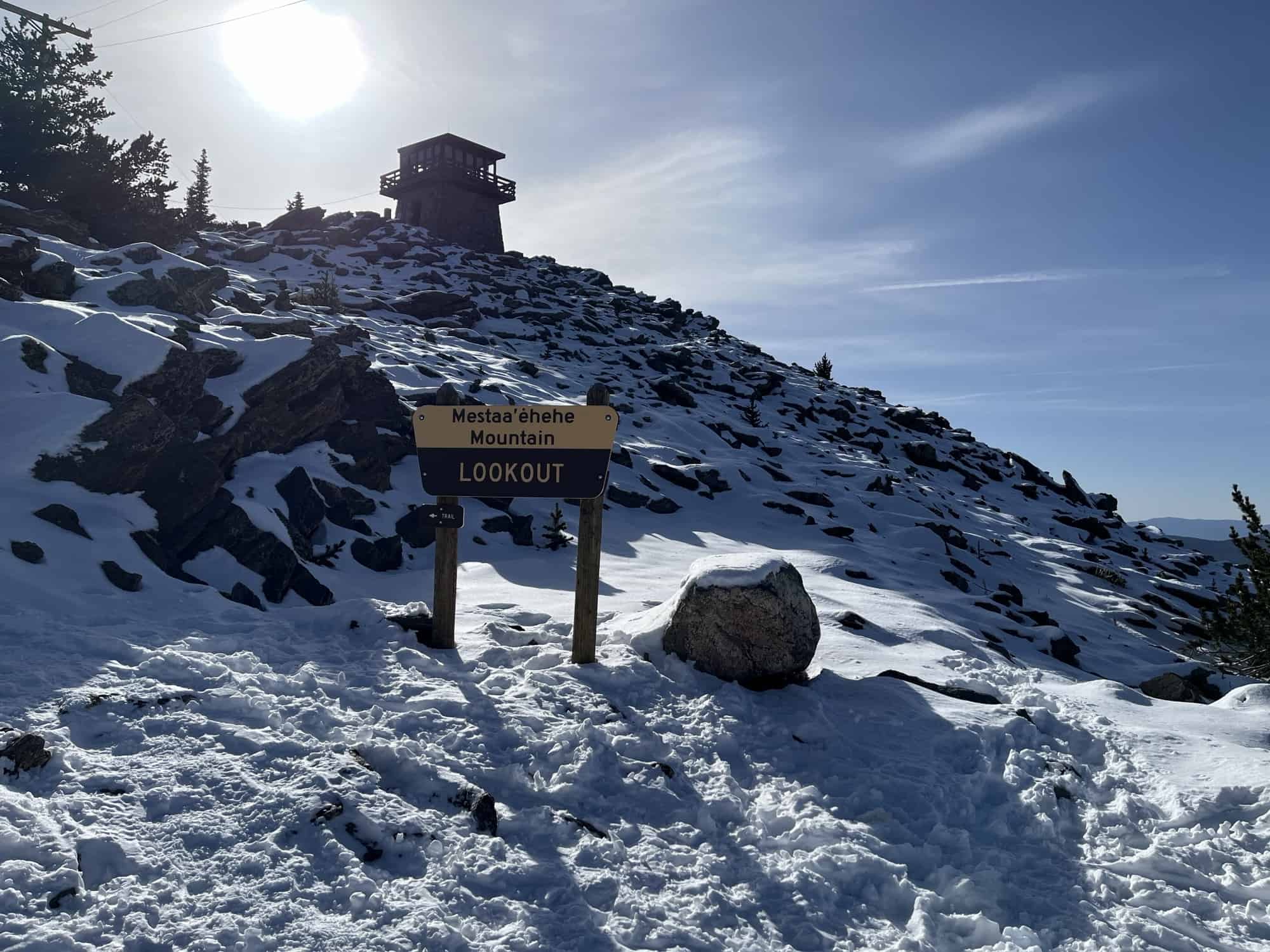Embarking on Summits on the Air (SOTA) and Parks on the Air (POTA) activations often leads to the great outdoors, where the promise of ubiquitous cell coverage by carriers falls short. The reality is stark in the backcountry of the U.S., where finding a signal becomes a treasure hunt with slim chances of success. This lack of connectivity has led to several of my activation attempts quietly fading into the ether. Without the ability to “spot” or announce my location to chasers, the odds of making successful contacts, especially when operating with low power (QRP), significantly diminish. Despite seeming like a shortcut, spotting is a tactical necessity for activators constrained by time and geography.
Enter the solution to my SSB-centric woes: the SOTAmat app. Developed by Brian, AB6D, SOTAmat is a game-changer for operators like myself. It simplifies the process of setting up activations by allowing you to input planned summits, parks, and frequencies. I opted to load it with potential activation sites in Colorado, choosing a base frequency for each band and setting my preferred step increments. This preparation ensures that, even when on-site frequencies are occupied, I can swiftly find an alternative thanks to the app’s foresight.

For a recent activation, I targeted multiple bands, quickly filling up my SOTAmat database yet still leaving ample room for future additions. The app’s functionality shone on-site, facilitating the transmission of an FT8 tone over HF to secure my spot on the network (by simply holding the microphone upto the phone!). This tech marvel seamlessly integrates with both SOTA and POTA networks, ensuring broad visibility for my activations.

Mestaa’ėhehe Mountain (pronounced MISS*DAA*HET, translation: “Owl Woman”) presented a picturesque yet challenging venue, with snow adding a layer of complexity to the hike. However, the summit’s rentable fire lookout offered an unexpected benefit as a windbreak, crucial for setting up my new linked EFHW antenna. Despite the summit’s RF noise, I surpassed my previous best DX contact count using just 20 watts and managed to log QSOs across all targeted bands.
Total QSO count:
- 20m: 12
- 17m: 4
- 15m: 6
- 12m: 6
- 10m: 4
- 2m: 3

The lookout tower perched at the summit offers a glimpse into the past, evoking the ambiance of the 1960s—a living museum piece that captures the essence of an era long gone. This time capsule ignited my curiosity, prompting me to delve into the history and significance of these sentinel structures. Central to the room, and the focus of my newfound interest, stands an Osborne Fire Finder (pictured above). Until this moment, the device was unknown to me, yet I’ve come to learn of its pivotal role in global wildfire management. Remarkably, despite the advent of modern technology, this instrument remains in active service across various nations, testament to its enduring utility. Meanwhile, in the U.S., the shift towards infrared technology for fire detection marks a new chapter in the ongoing battle against wildfires, signaling an evolution from the traditional, human-operated vigilance of yesteryear.
However, this activation wasn’t without its technical challenges. Reports of RF interference in my audio mirrored issues from my last activation, prompting a deeper investigation into potential solutions, such as utilizing chokes or ferrites.

This activation reinforced my appreciation for low-power operations. While I may not log as many contacts as with a 100-watt setup, the experience of managing smaller pileups and connecting with the ham radio community in a more intimate setting has its own rewards. Operating at 20 watts strikes the perfect balance for my portable adventures, offering both challenge and enjoyment without the frenzy of high-power activations.
73
W5KV
